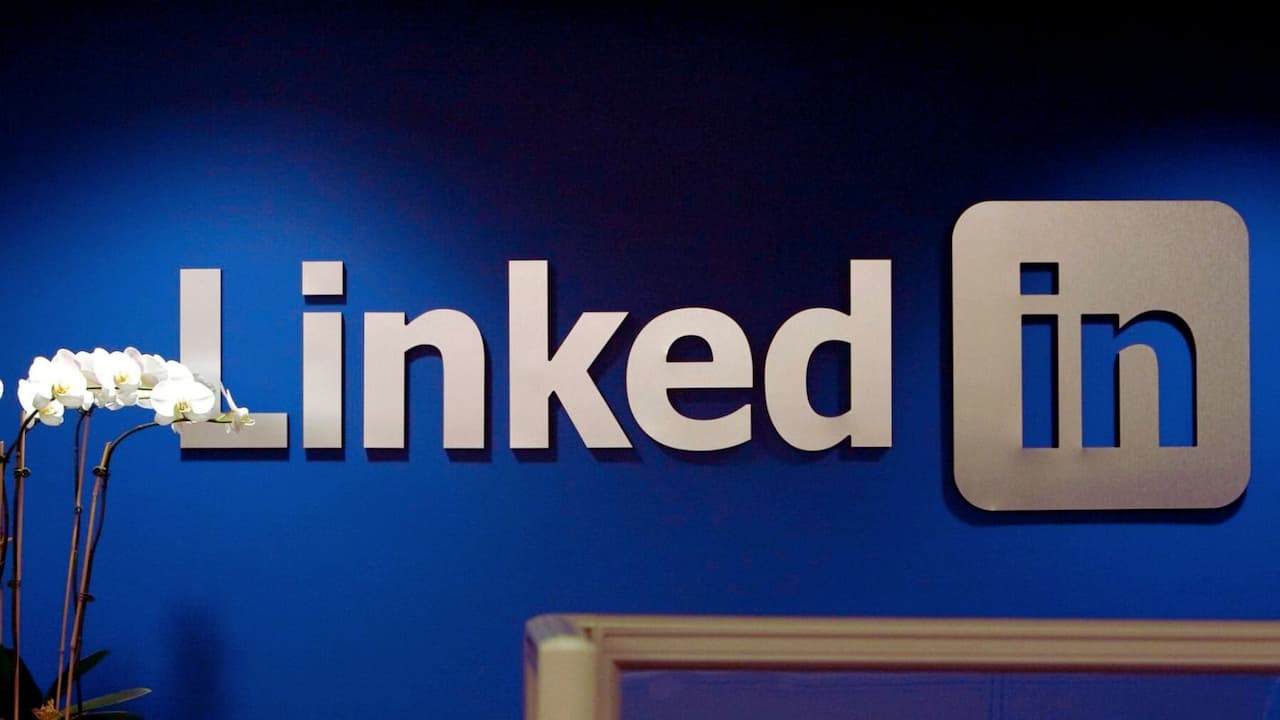LinkedIn Takes On AI Scammers: 55 Million Users Verified and Counting
In a groundbreaking move to combat the rising tide of artificial intelligence-powered deception, LinkedIn has emerged as a pioneer among social media platforms by verifying over 55 million users completely free of charge. This initiative marks a stark contrast to competitors’ paid verification strategies and sets a new standard for fighting online fraud.
“The line between real and fake content is becoming increasingly blurred,” says Oscar Rodriguez, LinkedIn’s vice president of trust and safety. The detection of deep-fake videos and AI-generated photos is becoming increasingly challenging.
The Microsoft-owned professional network has taken a bold stand by:
- While competitors charge, we provide free verification services.
- We are investing a substantial amount of money in user security.
- We are aiming to reach 100 million verified users by 2025.
How LinkedIn’s Verification Works
The platform uses two main approaches to verify users:
- Corporate Email Verification
- The program is accessible to workers at specific major corporations.
- Direct verification through work email addresses
- There are plans to expand this feature to more organizations.
- Government ID Verification
- We are in partnership with trusted providers such as Clear and Persona.
- All users can access it for free.
- We have a special arrangement with DigiLocker for users in India.
The Impact of Verification
Verified profiles are seeing remarkable benefits:
- 60% more profile views
- 30% more connection requests
- 50% higher post-engagement.
These numbers show that verification isn’t just about security—it’s becoming essential for professional networking success.
Fighting the AI Challenge
The rise of generative AI tools like ChatGPT has made it easier than ever for scammers to create convincing fake profiles. LinkedIn’s response has been comprehensive:
- We are removing 99% of fake profiles before users encounter them.
- We are extending verification to job listings and company pages.
- We are adopting a cautious strategy to uphold the integrity of the verification.
Gyanda Sachdeva, LinkedIn’s vice president of consumer products, notes, “In the world of AI, when you can generate photos left and right, it’s not going to be that simple to spot fakes. Verification becomes another significant signal.”
Standing apart from competitors
While platforms like Meta and X (formerly Twitter) have moved to monetize verification through subscription services, LinkedIn’s approach stands out. The company is absorbing the costs of verification, demonstrating a commitment to platform integrity over short-term profit.
The initiative represents the largest verified user base of any major social network, though it’s still a fraction of LinkedIn’s billion-plus members.
Looking Ahead
LinkedIn’s aggressive push toward verification signals a shift in how social networks might approach identity verification in the AI era. The platform’s investment in free verification services suggests that trust and authenticity are becoming crucial currencies in the digital professional world.
As AI technology continues to advance, LinkedIn’s proactive stance on verification could set a new standard for social media platforms. The question remains: will other networks follow suit, or will verification remain a premium feature elsewhere?
For professionals concerned about online identity and credibility, LinkedIn’s free verification program offers a compelling reason to verify their profiles now rather than later. With the platform’s stated goal of reaching 100 million verified users by 2025, early adoption could provide a significant advantage in the increasingly competitive professional networking space.
Remember: in an age where AI can create increasingly convincing fakes, verification isn’t just about security—it’s about maintaining the trust that makes professional networking possible.
Table of Contents
